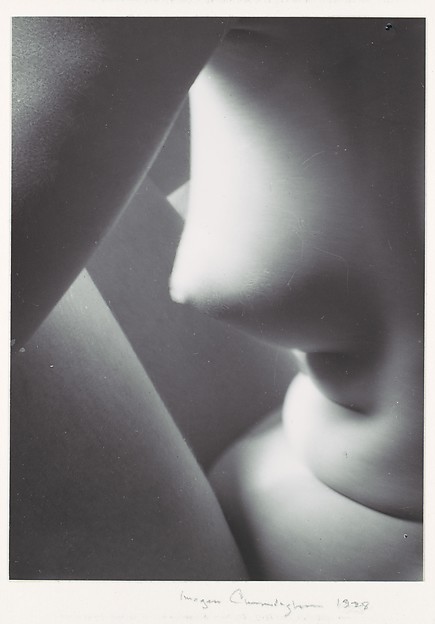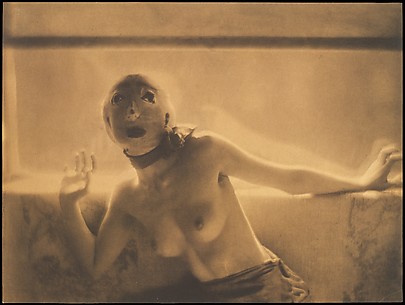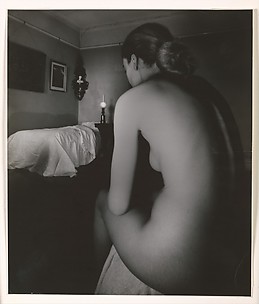 This corner of a painter's atelier somewhere in France in the middle of the nineteenth century is scarcely tethered to time or place;
This corner of a painter's atelier somewhere in France in the middle of the nineteenth century is scarcely tethered to time or place; it could as easily be a loft in New York today or, had photography existed four centuries ago, a studio in the Italian
it could as easily be a loft in New York today or, had photography existed four centuries ago, a studio in the Italian  Renaissance. The lack of distinguishing fashions in furnishings or coiffure emphasizes the simplicity of the intention—to describe a female nude in a relaxed attitude in softly modulated light. Drawing, sketching,
Renaissance. The lack of distinguishing fashions in furnishings or coiffure emphasizes the simplicity of the intention—to describe a female nude in a relaxed attitude in softly modulated light. Drawing, sketching,  painting, or modeling the nude has remained a classic problem repeatedly posed for Western artists since Masaccio's time, but it did not become the photographer's problem until the 1850s, when artists began to use the new medium as a draftsman's aid. Generally, painters and the photographers who collaborated with them cloaked the model in paraphernalia to match the artist's intention; Eugène Durieu, for example, draped vaguely exotic materials near the models he photographed for Delacroix. What is surprising here is the absence of the thinnest disguise: the model is utterly naked and the photographer forgot to apologize. With her intelligent head and dirty feet, this young woman helped found the matter-of-fact modeling sorority joined a decade later by Manet's Olympia.
painting, or modeling the nude has remained a classic problem repeatedly posed for Western artists since Masaccio's time, but it did not become the photographer's problem until the 1850s, when artists began to use the new medium as a draftsman's aid. Generally, painters and the photographers who collaborated with them cloaked the model in paraphernalia to match the artist's intention; Eugène Durieu, for example, draped vaguely exotic materials near the models he photographed for Delacroix. What is surprising here is the absence of the thinnest disguise: the model is utterly naked and the photographer forgot to apologize. With her intelligent head and dirty feet, this young woman helped found the matter-of-fact modeling sorority joined a decade later by Manet's Olympia.
Wednesday, 4 July 2012
Franck-Francois-Genes Chauvassaignes
Labels:
photography
Subscribe to:
Post Comments (Atom)
No comments:
Post a Comment